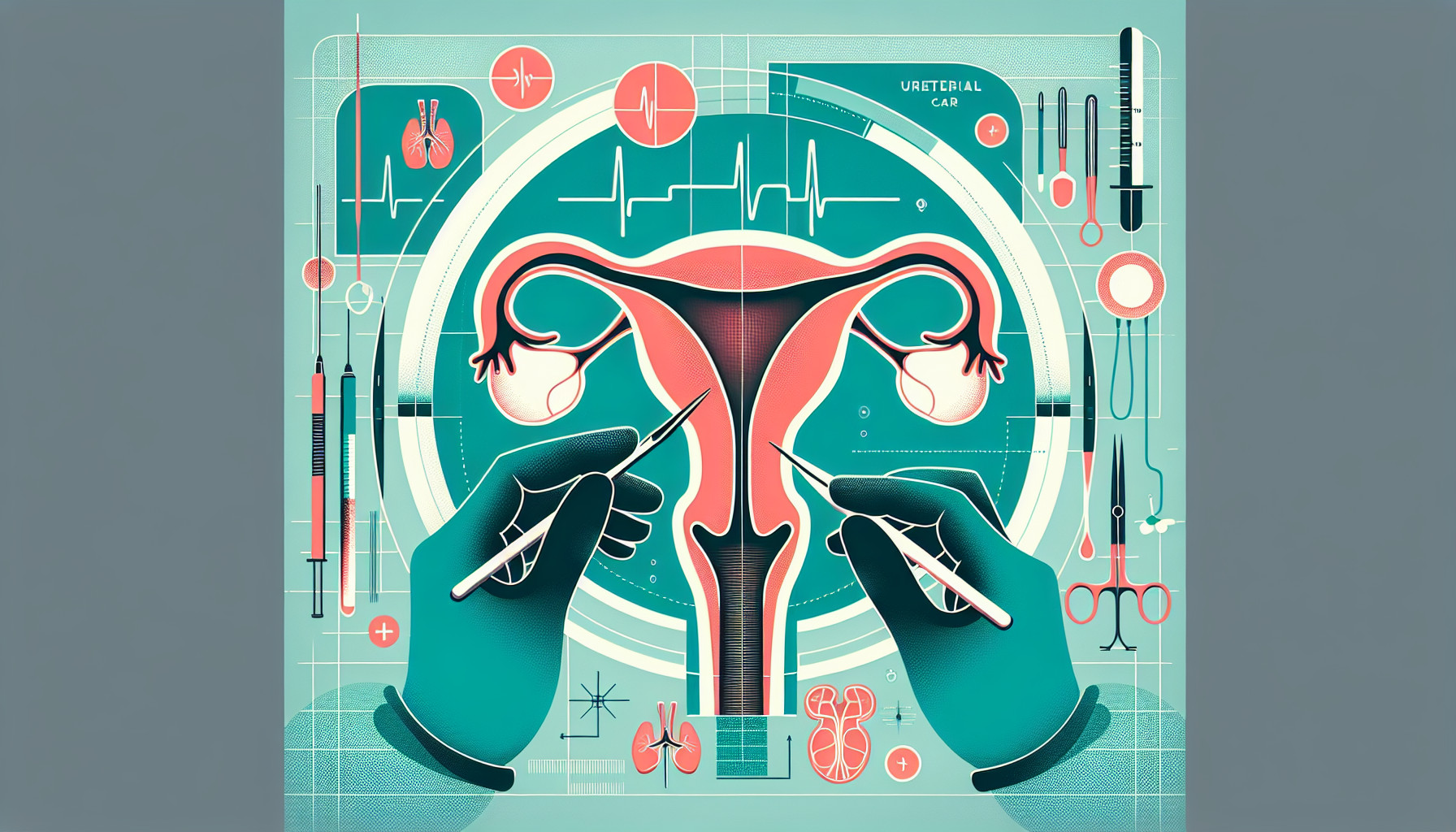Our Summary
This study reviewed the results of a particular type of robot-assisted surgery used for certain kidney issues in children. The surgery, called RALUR/REVUR, was looked at in 22 different studies conducted between 2008 and 2019, which included 1,362 children. The findings showed that when only one side needed repair, the operation was faster than when both sides needed repair. The overall success rate for patients was 92%, while about 10.7% of patients experienced complications after the operation. Re-operations were needed in about 3.9% of cases. The data suggests that this kind of surgery could be a good first choice for treating children with urinary reflux at most hospitals. However, surgeons may need time to learn and get used to this new procedure.
FAQs
- What is the overall success rate of robot-assisted laparoscopic extra-vesical ureteral reimplantation (RALUR/REVUR) based on the literature review?
- What is the mean rate of post-operative complications and re-operations for RALUR/REVUR procedures?
- Can RALUR/REVUR procedures be considered as a first line surgical approach for pediatric vesicoureteral reflux?
Doctor’s Tip
A helpful tip a doctor might tell a patient about ureteral reimplantation is to follow post-operative care instructions carefully, including taking prescribed medications, avoiding strenuous activities, and attending follow-up appointments. It is important to communicate any concerns or changes in symptoms to your healthcare provider promptly. Additionally, maintaining good hydration and a healthy lifestyle can support the healing process after surgery.
Suitable For
Patients who are typically recommended for ureteral reimplantation include those with vesicoureteral reflux (VUR) that has not responded to non-surgical treatments such as antibiotics or those with recurrent urinary tract infections. Patients with severe VUR, high-grade reflux, or bilateral reflux may also be recommended for ureteral reimplantation. Additionally, patients with complex anatomical abnormalities or previous failed ureteral reimplantation procedures may be candidates for this surgery. Ureteral reimplantation may be recommended for both pediatric and adult patients with these conditions.
Timeline
Before ureteral reimplantation:
- Patient is diagnosed with vesicoureteral reflux (VUR) through imaging studies or recurrent urinary tract infections
- Patient undergoes pre-operative evaluations and tests to assess the severity of VUR
- Surgical team discusses the procedure, risks, and benefits with the patient and their family
- Patient may undergo a pre-operative bowel preparation to reduce the risk of infection during surgery
After ureteral reimplantation:
- Patient undergoes robot-assisted laparoscopic extra-vesical ureteral reimplantation (RALUR/REVUR) procedure
- Patient is monitored closely in the recovery room for any immediate complications
- Patient may experience post-operative pain, discomfort, and fatigue
- Patient is discharged from the hospital after a few days of observation
- Patient follows up with the surgical team for post-operative care, including monitoring for complications and assessing the success of the procedure
- Patient may need to follow a specific post-operative care plan, including restrictions on physical activity and medication management
Overall, the patient undergoes a series of pre-operative evaluations and tests before ureteral reimplantation, followed by the surgical procedure itself, and then post-operative care and follow-up to ensure a successful outcome.
What to Ask Your Doctor
- What is the success rate of robot-assisted laparoscopic extra-vesical ureteral reimplantation (RALUR/REVUR) in children with vesicoureteral reflux?
- What are the potential complications associated with RALUR/REVUR?
- How long is the recovery time after RALUR/REVUR surgery?
- Are there any specific guidelines or restrictions that need to be followed post-surgery?
- What is the experience level of the surgical team in performing RALUR/REVUR procedures?
- Are there any alternative treatment options for vesicoureteral reflux that should be considered?
- What is the long-term success rate of RALUR/REVUR compared to other surgical techniques?
- How often will follow-up appointments be needed after RALUR/REVUR surgery?
- What signs or symptoms should be monitored for after the procedure?
- Are there any lifestyle changes or medications that may be necessary after RALUR/REVUR surgery?
Reference
Authors: Esposito C, Castagnetti M, Autorino G, Coppola V, Cerulo M, Esposito G, Escolino M. Journal: Urology. 2021 Oct;156:e1-e11. doi: 10.1016/j.urology.2021.06.043. Epub 2021 Jul 26. PMID: 34324913
